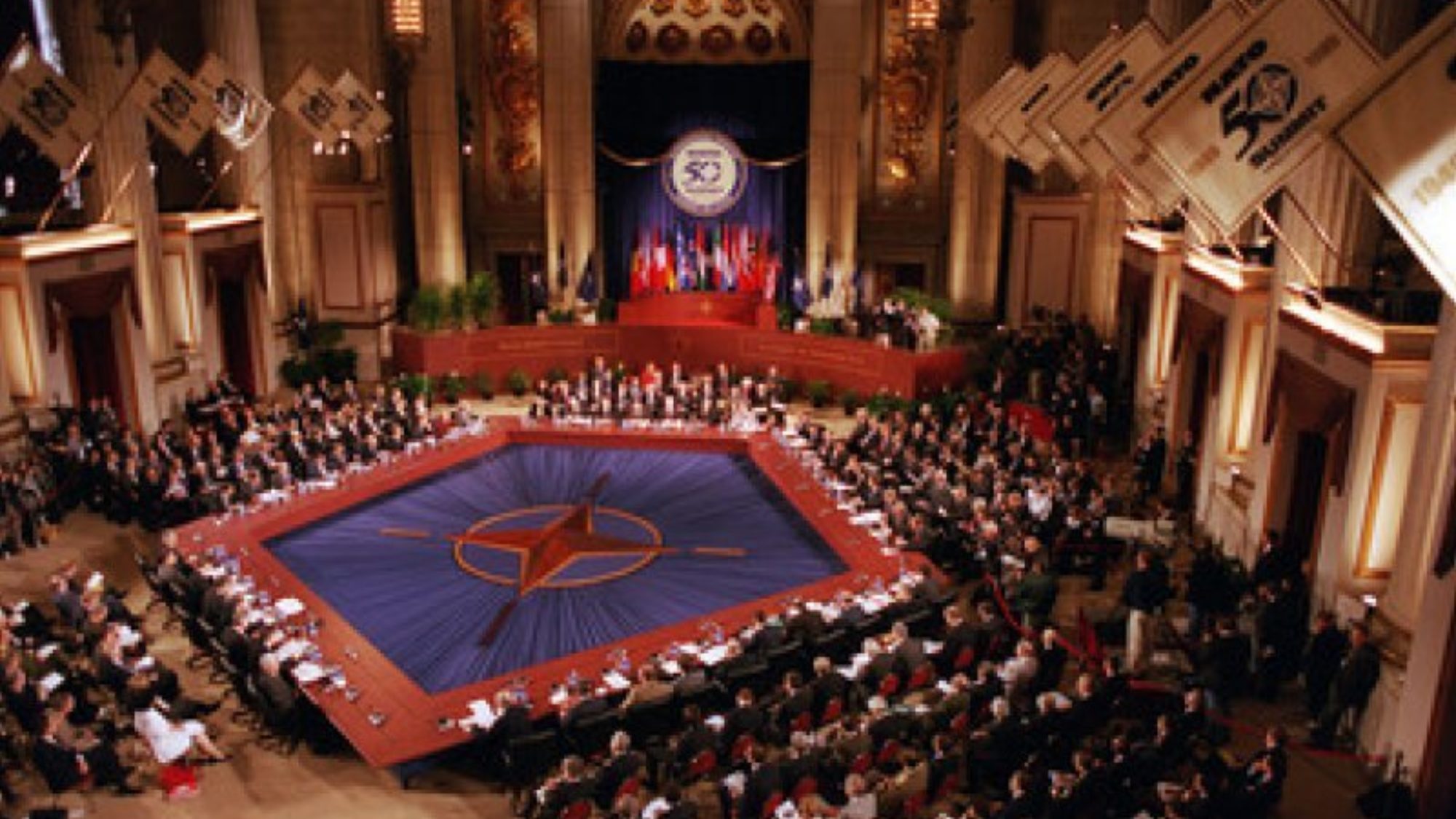
Title: American Alliances and the Long Peace
Conventional wisdom holds that alliances in a realpolitik world are temporary, bound to last only as long as the shared threats that drive states to form them. Not long after the collapse of the Soviet Union, commentators predicted the demise of the North Atlantic Treaty Organization (NATO). Yet NATO survives thirty years after the end of the Cold War, as do other American alliances with South Korea, Japan, Australia, New Zealand, and the Philippines forged after the Korean War. These commitments of several decades stand in stark contrast to the average alliance, which lasts about eleven years. The American alliance network is surely old, but it is also effective. Occasional protests over free-riding alliance partners notwithstanding, the network plays two important roles in sustaining peace among the great powers: it clarifies the sides in a hypothetical general war and manages rivalries among its members that could otherwise escalate to war.
Clarifying the Status Quo Coalition
Alliances are like contracts that clarify who will side with whom in the event of war. Failing to honor an alliance can sully a state’s reputation, making future alliances difficult to join. The costs of violation mean that states tend to honor their commitments. This ensures predictability in a state’s foreign policy, even as its interests and leaders change over time. Credible commitments of this sort help potential enemies better estimate the implications of war. When this calculus suggests that any challenge to the status quo will be met with an overwhelming coalition, potential challengers can be deterred.
An established international order is guaranteed by coalitions of states willing to come to its defense against revisionist challenges. But if this status quo coalition is to sustain deterrence, potential challengers must be able to guess correctly about the coalition’s membership. When the prevailing order is defended by a strong, well-defined coalition of great powers ― e.g., the American alliance network for most of the postwar era ― challenges can be discouraged and peace preserved. But when the coalition’s ability to cooperate is questionable, dissatisfied powers may try to peel off individual members in attempts to unhinge the balance of power. Cracks in the status quo coalition can prove catastrophic, as they did before the First World War, but those cracks can be filled by formal alliance commitments that both members and potential enemies recognize as costly to violate.
Today’s status quo coalition― including the United States, Britain, France, Japan, and Germany ― faces dissatisfied powers in both Europe and East Asia. As long as these wealthy, powerful countries can be expected to side with one another in a general war, dissatisfied powers are likely to find the prospects of challenging the status quo too grim to contemplate. This is not to say that Russia will not continue to be active in its former imperial domains or that China will not try to carve out its own sphere in maritime East Asia. But the odds of these disputes turning into broader conflagrations ― for example, because a dissatisfied power overplays its hand against a state under the American security umbrella ― are longer when it is commonly known that the status quo coalition will fight together.
Managing Great Power Rivalries
The American alliance network also helps manage rivalries among great powers that might otherwise be at one another’s throats. It does so by allowing some of those states to offload their defense burdens onto the United States (which wields influence over its allies’ foreign policies in return). Further, America’s defense commitment to its allies has reduced their spending on arms, which has discouraged arms races between traditional rivals in the old theaters of the Second World War. This ostensible skewing of the defense burden has allowed Western Europe and parts of East Asia to recover economically and politically from the Second World War, contributing to common defense and American prosperity alike.
Lingering mistrust of Germany and Japan led the United States to integrate them into its alliance network as a way of reassuring other partners – such as France and Australia – while balancing threats posed by the Soviet Union and China. Neither state revived its prior expansionist ambitions, even as their economies and (to a limited extent) armed forces were rebuilt, because they were integrated into the status quo coalition. As Germany and Japan grew wealthier, they had little need to rearm at prewar levels, making it easier for their former enemies to trust them and to commit to their defense. That Franco-German and even Sino-Japanese rivalries remain largely suppressed is due in part to the American alliance network. Germany and Japan could rearm quickly if needed, however, and they would do so as part of the status quo coalition ― a fact not lost on China and Russia, their nearest geopolitical rivals and putative leaders of anti-status quo coalitions.
The American alliance network has underpinned the “long peace.” Great powers have not fought one another since the Sino-American stalemate over Korea in 1953. The clarity of the status quo coalition ensured by the American alliance network – and the great power rivalries thus suppressed – are part of the reason why. International politics operates on extended timescales. We must be careful not to let America’s alliance network fall victim to its own success. It has worked and continues to work in favor of averting another general war. Debates over whether to expand the alliance network, or whether it has already grown too large, are surely worth having, but they should proceed alongside an understanding of what a formally-allied status quo coalition has contributed to the maintenance of great power peace.
. . .
Scott Wolford is an Associate Professor of Government at the University of Texas at Austin. He specializes in international relations, war, and game theory. His new textbook, The Politics of the First World War, is published by Cambridge University Press.